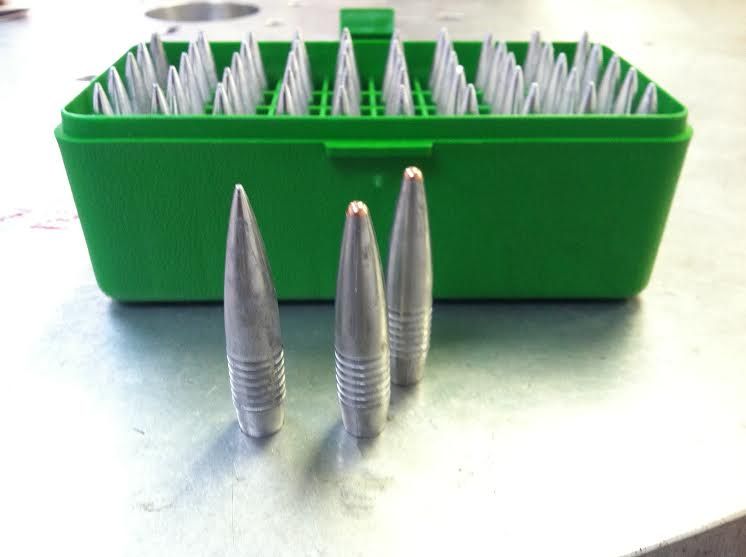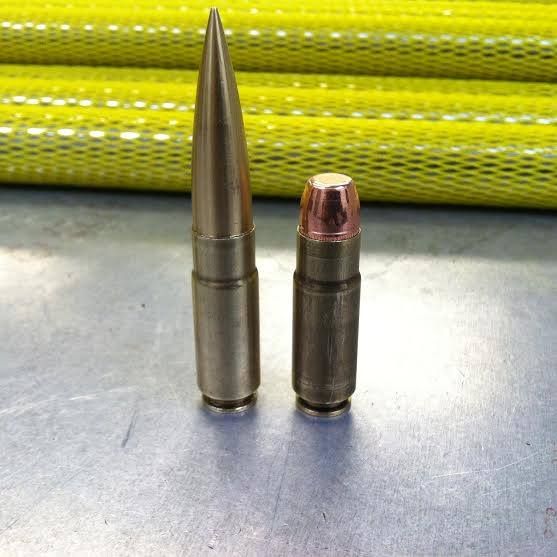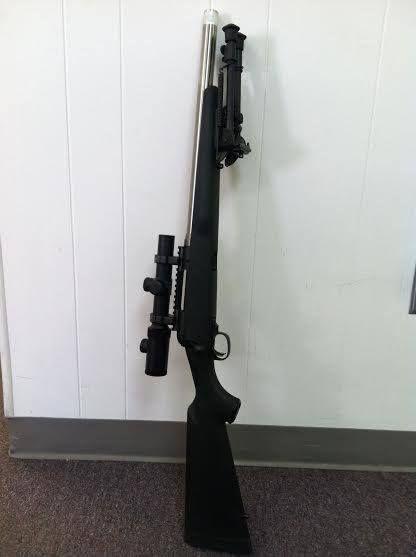There is a bill introduced in the NC legislature that would legalize hunting with suppressed firearms. I’m interested in acquiring a rifle, preferably a bolt action, that accurately shoots subsonic ammunition suitable for big game hunting (whitetail deer). I want something subsonic to realize the full benefits of a suppressor, and also I think it would be fun to shoot. I want the rifle to be accurate at 100 yards, but preferably 200. I would not plan to take an animal past 100yds due to trajectory, and anticipate most shots between 50-75yds. I would prefer to be able to use cast bullets, because they are often affordable and can be readily made with softer alloys to expand at subsonic velocities. I reload and have access to a chronograph, so I’m not dependent on factory ammo.
I’ve done a little research on calibers, but I would really appreciate the insights and experiences of others. One thing I would note is that most of these rifles have roughly the same entry cost ~$650 for Remington 700 SPS Tacticals and Ruger 77/357 / 77/44. Here are the observations that I’ve been able to compile.
300 Blackout
Pros:
-Uses readily available components – 30 caliber bullets and plentiful brass that can be made from 223
-Factory loaded subsonics (different bullets might be better for hunting than what manufacturers load)
-Several factory made bolt guns
-Lots of loading data
Cons:
-I’ve read that the cartridge has issues with constant velocities (high ES and SD), which limits longer range accuracy
-I’ve also read that many bolt guns have trouble feeding and that many are fine
- Fewer commercially available heavyweight cast bullets than other calibers
308 Winchester – Subsonic
Pros:
-A personal favorite caliber with readily available components that I already load for
-Some published subsonic loans
-More rifles available than you can pick from
-Extremely useful with supersonic loads
- Could be made into a versatile rifle with many other uses
Cons:
-Factory rifles would generally have too slow of a twist to stabilize bullets
-For ideal performance, most factory rifles would need to be re-barreled to a 1 in 8 or 1 in 7 twist, which significantly drives up the acquisition price (how well would 1-10 work?)
-Not a lot of commercially available heavyweight cast bullets (plenty of 220 gr RN jacketed around)
-What subsonic ammo is factory loaded is generally expensive
357 Mag – Subsonic (Ruger 77/357)
Pros:
-Bigger bullet than 30 caliber choices
- Lots of loading data
-Reloading components easy to find and inexpensive
-Common ammunition with a handgun
-Supersonic loads also useful
Cons:
-Must handload all subsonic loads other than very lightweight 38 spl
-Heavy bullets are generally intended for 35 Remington / 35 Whelen and may require 38 Special brass to chamber
44 Mag – Subsonic (Ruger 77/44)
Pros:
-Biggest bullet of anything suppressible with a pistol can (I would think SWR Octane 45 here)
-Lots of loading data
-Reloading components easy to find and inexpensive
-Common ammunition with a handgun
-Supersonic loads can be very useful
-Easiest caliber to obtain heavy weight bullets
Cons:
-Must handload all subsonic loads other than very lightweight 44 spl
I’ve done a little research on calibers, but I would really appreciate the insights and experiences of others. One thing I would note is that most of these rifles have roughly the same entry cost ~$650 for Remington 700 SPS Tacticals and Ruger 77/357 / 77/44. Here are the observations that I’ve been able to compile.
300 Blackout
Pros:
-Uses readily available components – 30 caliber bullets and plentiful brass that can be made from 223
-Factory loaded subsonics (different bullets might be better for hunting than what manufacturers load)
-Several factory made bolt guns
-Lots of loading data
Cons:
-I’ve read that the cartridge has issues with constant velocities (high ES and SD), which limits longer range accuracy
-I’ve also read that many bolt guns have trouble feeding and that many are fine
- Fewer commercially available heavyweight cast bullets than other calibers
308 Winchester – Subsonic
Pros:
-A personal favorite caliber with readily available components that I already load for
-Some published subsonic loans
-More rifles available than you can pick from
-Extremely useful with supersonic loads
- Could be made into a versatile rifle with many other uses
Cons:
-Factory rifles would generally have too slow of a twist to stabilize bullets
-For ideal performance, most factory rifles would need to be re-barreled to a 1 in 8 or 1 in 7 twist, which significantly drives up the acquisition price (how well would 1-10 work?)
-Not a lot of commercially available heavyweight cast bullets (plenty of 220 gr RN jacketed around)
-What subsonic ammo is factory loaded is generally expensive
357 Mag – Subsonic (Ruger 77/357)
Pros:
-Bigger bullet than 30 caliber choices
- Lots of loading data
-Reloading components easy to find and inexpensive
-Common ammunition with a handgun
-Supersonic loads also useful
Cons:
-Must handload all subsonic loads other than very lightweight 38 spl
-Heavy bullets are generally intended for 35 Remington / 35 Whelen and may require 38 Special brass to chamber
44 Mag – Subsonic (Ruger 77/44)
Pros:
-Biggest bullet of anything suppressible with a pistol can (I would think SWR Octane 45 here)
-Lots of loading data
-Reloading components easy to find and inexpensive
-Common ammunition with a handgun
-Supersonic loads can be very useful
-Easiest caliber to obtain heavy weight bullets
Cons:
-Must handload all subsonic loads other than very lightweight 44 spl
Last edited:






